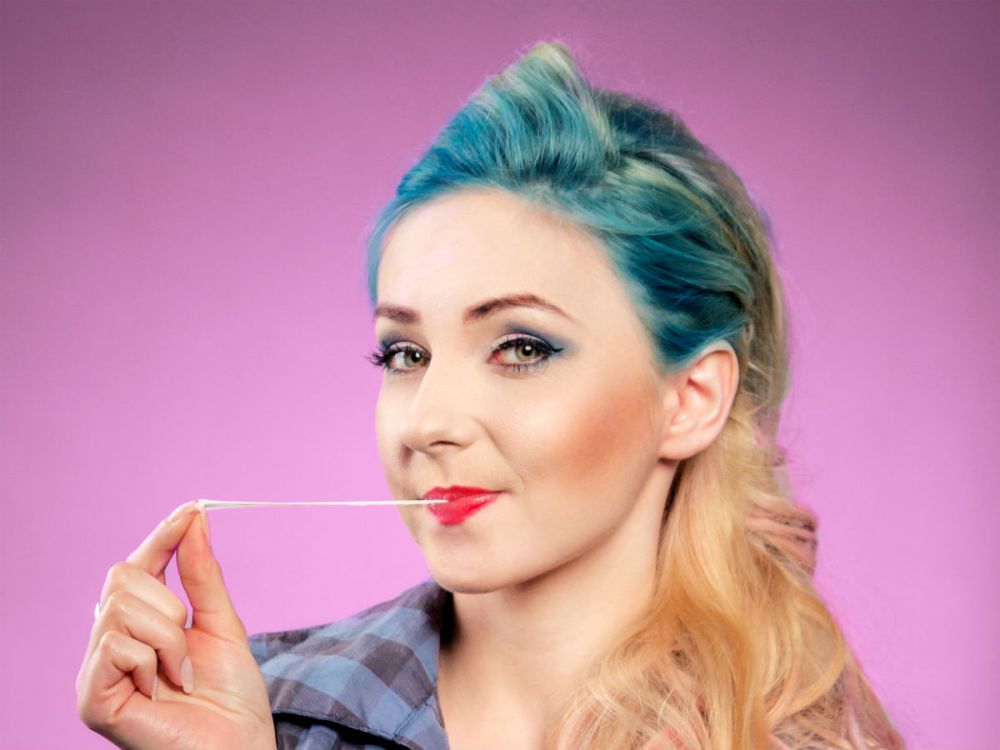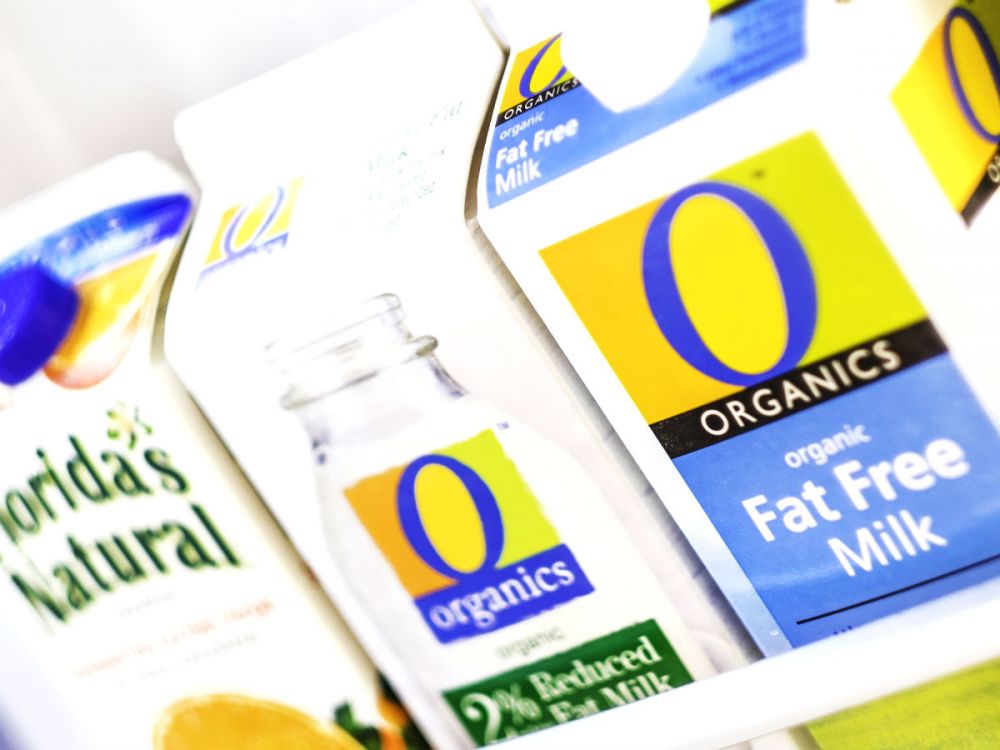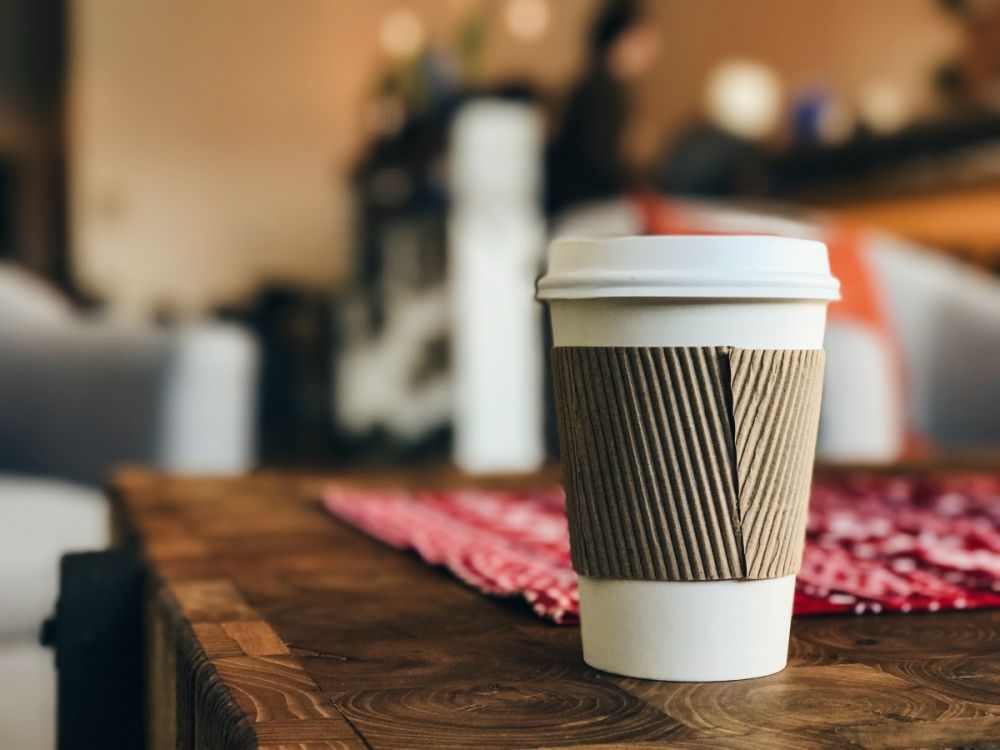
Hidden plastics are everywhere – lurking where you least expect. A lot of them end up polluting our soils, rivers and seas. Not good for us or the animals. We need to phase them out, and fast.
All these everyday items contain plastic. But how many are you aware of?

1. Chewing gum


2. Tea bags


3. Bottle caps


4. Envelopes


5. Drinks cartons


6. Takeaway paper coffee cups


7. Wet wipes




